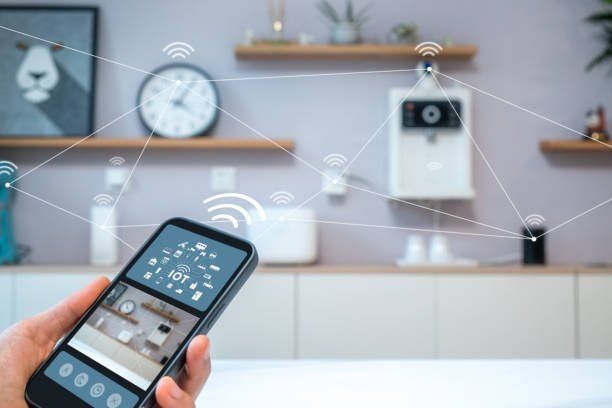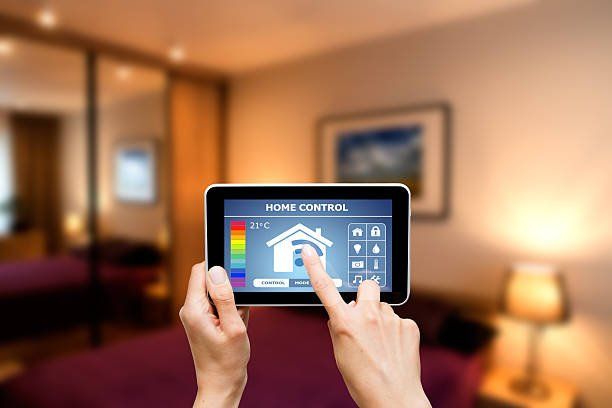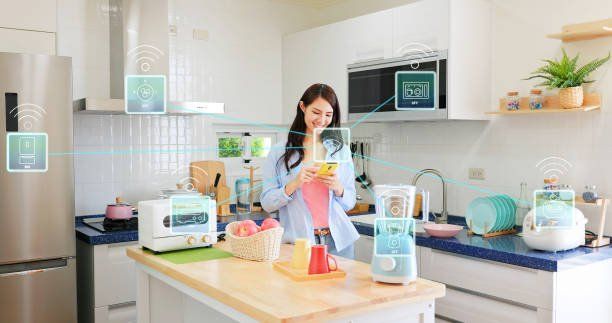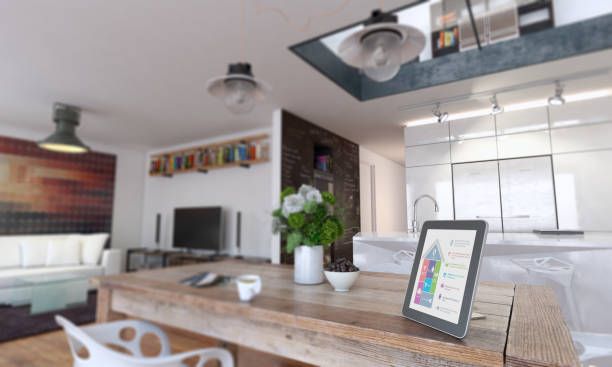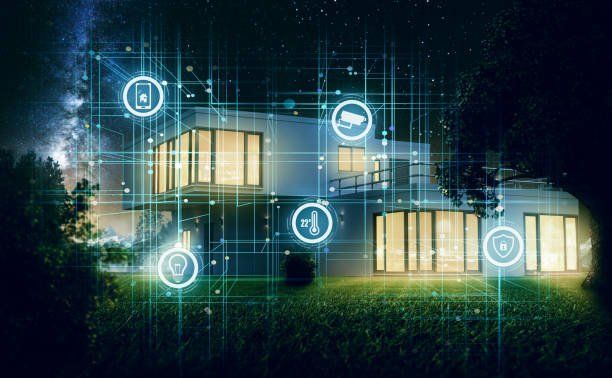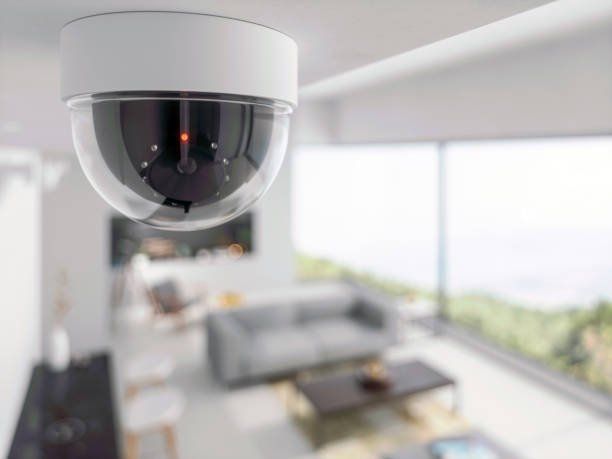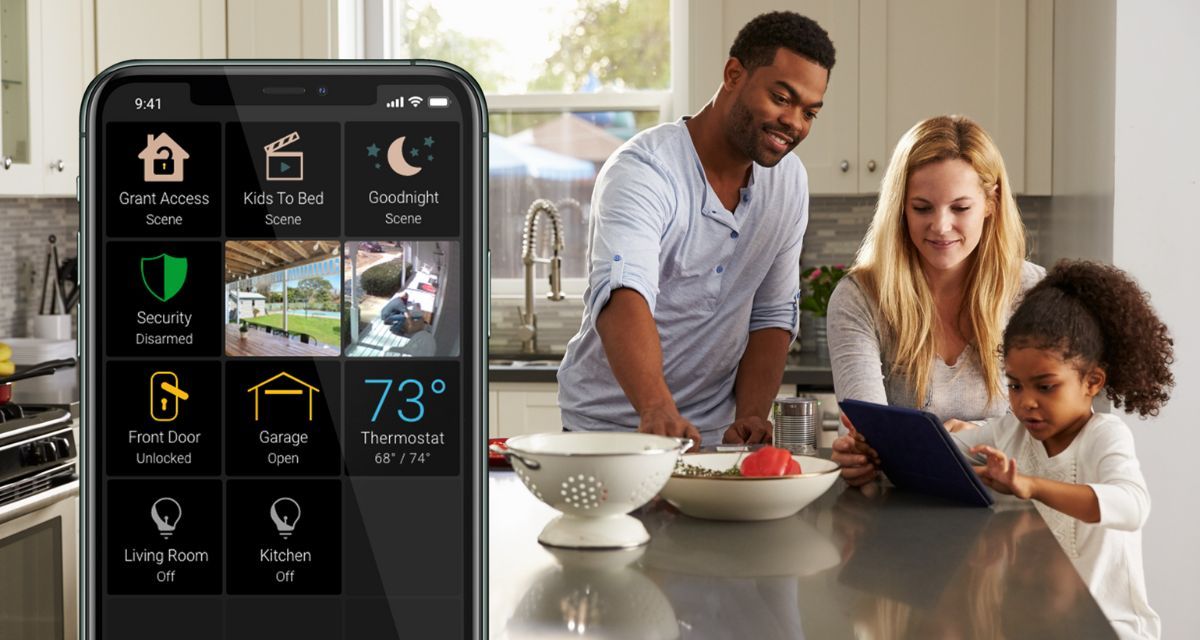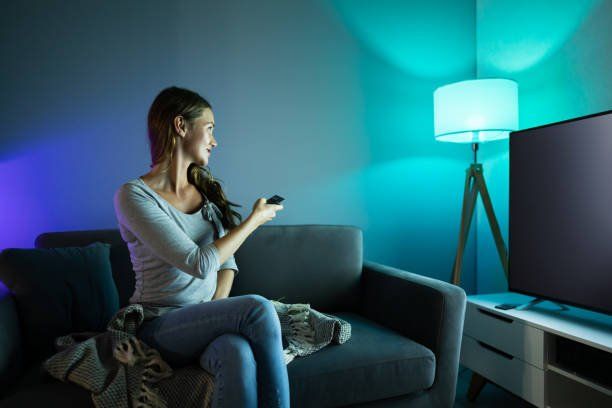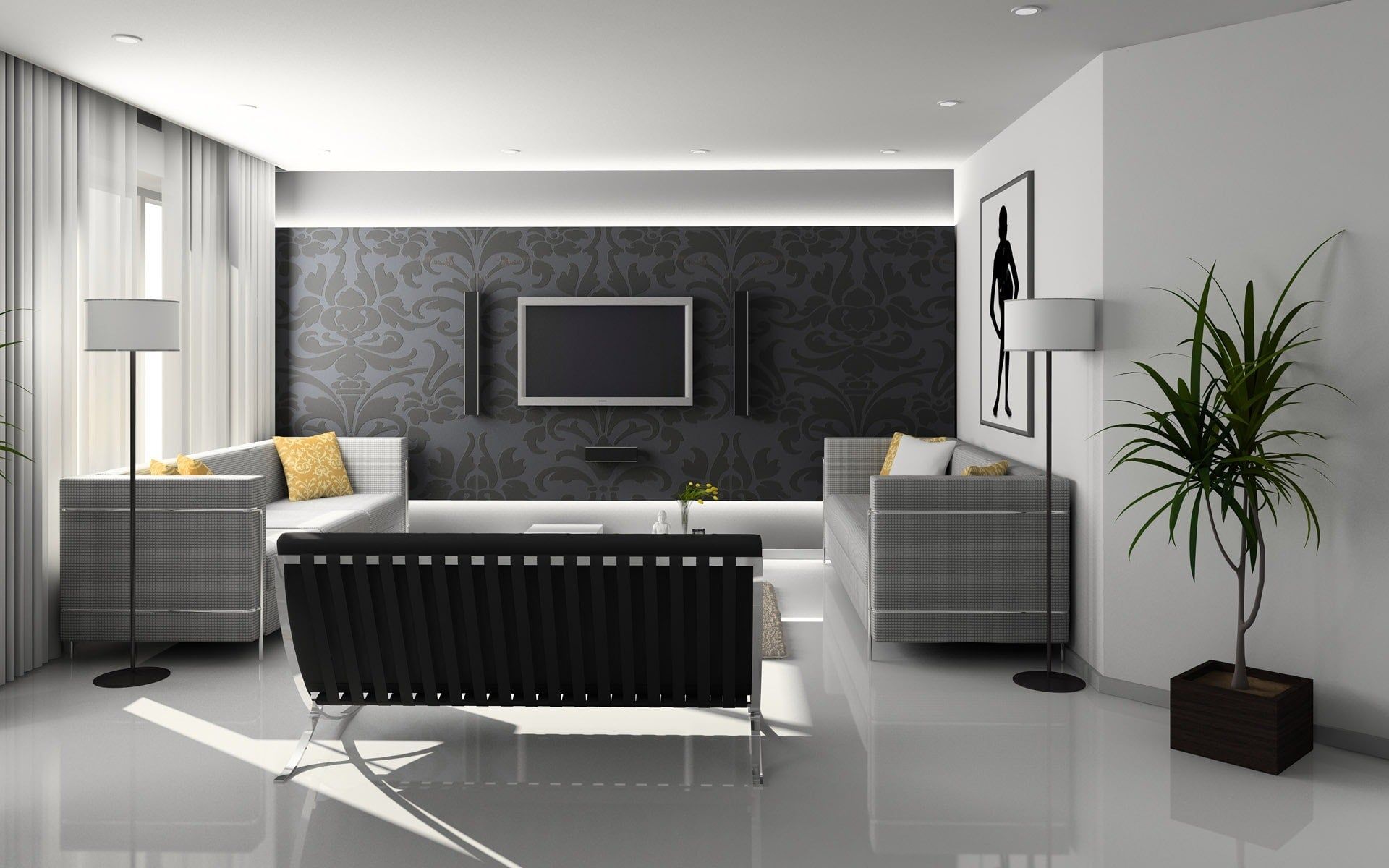There are many benefits of lighting automation, from increased convenience and energy savings to improved security. In this guide, we will discuss the different types of smart lighting systems available and how they can benefit your home or business. We'll also provide tips on choosing the right system for your needs and walk you through the installation process. So whether you're looking to save time and money or just make your life a little easier, read on for everything you need to know about lighting control!
What is lighting automation?
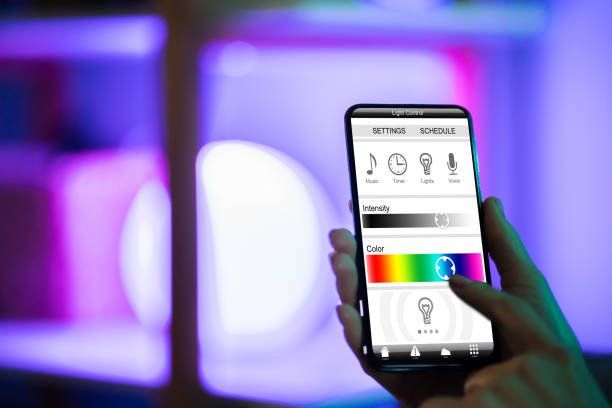
Lighting control is a technology that allows you to control your lights using a variety of sensors and switches. This can be done manually, or it can be automated using a computerized system. Lighting automation can be used for a variety of purposes, such as reducing energy consumption, increasing safety, and improving the look of your home. For example, you could install motion sensors that turn on the lights when someone enters a room, or you could set up a schedule that turns the lights off and on at certain times of the day. You could also use lighting automation to create different moods in your home, such as dimming the lights for a romantic dinner or brightening them for a party. Whether you're looking to save money on your energy bill or just want to add a little convenience to your life, lighting control is worth considering.
What are the benefits?
For most of us, flipping a light switch is something we do without giving it a second thought. But what if there was a way to home lighting control so that you didn't have to worry about it at all? Lighting scene control system can provide a number of benefits, both in terms of convenience and energy efficiency via for example, voice control.
One of the biggest advantages of lighting control systems is that it can save you time. Imagine never having to remember to turn off the lights when you leave the house or office. Instead, you can program your lighting controls system to do it for you through a remote control. This can be especially useful if you are forgetful or tend to be in a hurry.
In addition to saving you time, lighting automation can also help you save money on your energy bill. By reducing the amount of time your lights are turned on, you can significantly lower your electricity usage. This can help you offset the cost of investing in a lighting automation system.
So if you're looking for a way to make your life easier and save money on your energy bill, consider investing in lighting automation. It may just be the best decision you ever make.
How does it work and what technologies are available?
Home lighting automation systems are becoming increasingly popular, as they offer a convenient way to control your home’s lighting without having to manually switch lights on and off. There are a variety of different technologies available for lighting automation, including wireless protocols like Zigbee and Z-Wave, as well as wired solutions like Powerline Communication (PLC). Most lighting automation systems consist of a central control panel, which can be used to set schedules and create scenes, as well as a series of switches or dimmers that are used to actually control the lights. In some cases, occupancy sensors may also be used to automatically turn lights on and off based on whether or not someone is in the room. Lighting automation can offer a number of benefits, including energy savings, increased security, and convenience.
Which rooms in your home are best suited for a lighting automation system?
One of the great things about lighting automation systems is that they can be used in any room in your home. However, some rooms are better suited for automation than others. For example, living rooms and family rooms are typically places where people spend a lot of time relaxing, watching TV, or entertaining guests. Having automated lights in these rooms can help to create the perfect ambiance for any activity. In contrast, bedrooms are typically places where people go to relax and wind down for the night. Automated lights can help to create a soothing atmosphere that promotes restful sleep. Ultimately, the best rooms for a lighting automation system are those where you want to create a specific mood or atmosphere.

What should you consider when choosing a lighting automation system for your home or business establishment?
When it comes to choosing a lighting automation system, there are a few things you'll want to keep in mind. First, consider the size of the area you'll be using the system in. If you have a large space, you'll need a system that can cover a wide area. Second, think about the types of lights you'll be using with the system. Different lights require different types of controls. Third, consider your budget. Automation systems can range in price from a few hundred dollars to several thousand. Finally, take some time to read reviews and compare products before making your final decision. By taking all of these factors into consideration, you'll be sure to choose the right lighting automation system for your needs.
How much does a lighting automation system cost and what kind of maintenance is required?
Lighting control manufacturers and installers can range in cost from a few hundred to a few thousand dollars, depending on the features and complexity of the system. Generally speaking, the more lights and features the system has, the higher the price tag. As for maintenance, most lighting automation systems require very little in the way of upkeep. Once the initial installation is complete, the system should be able to run relatively smoothly with only occasional software updates or repairs with brilliant smart home control. Of course, as with any complex piece of electronics, there is always a chance that something could go wrong. However, most lighting automation companies offer excellent customer support and are always available to help troubleshoot any problems that may arise.
